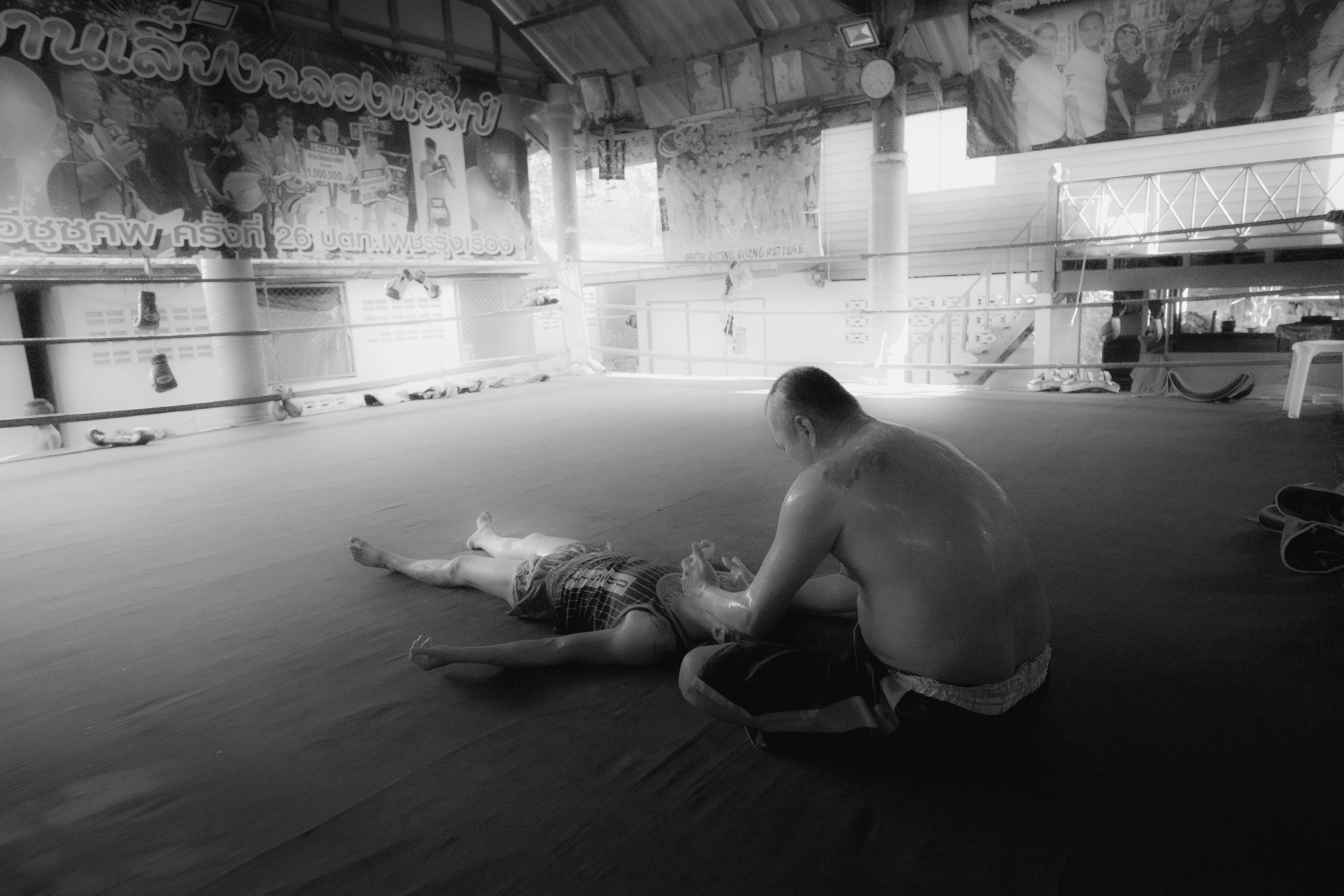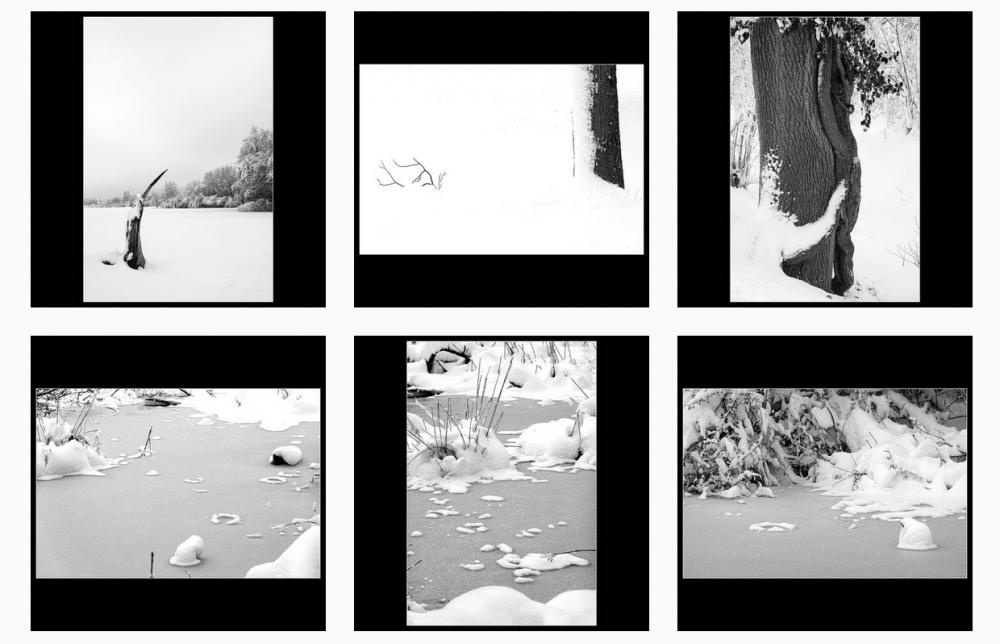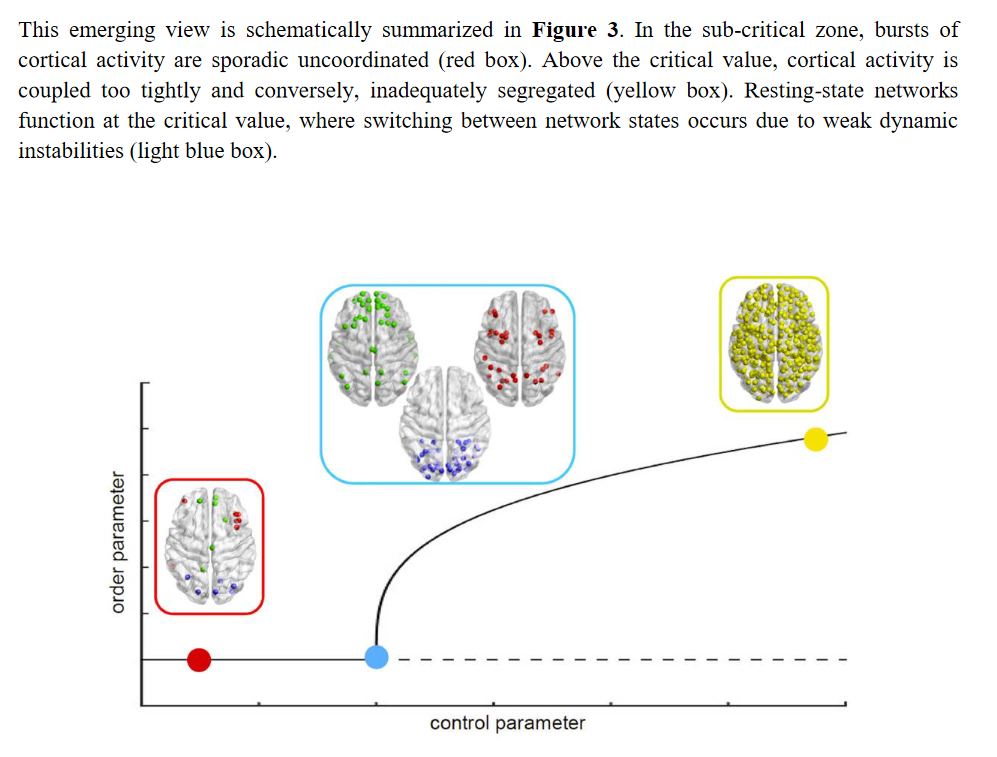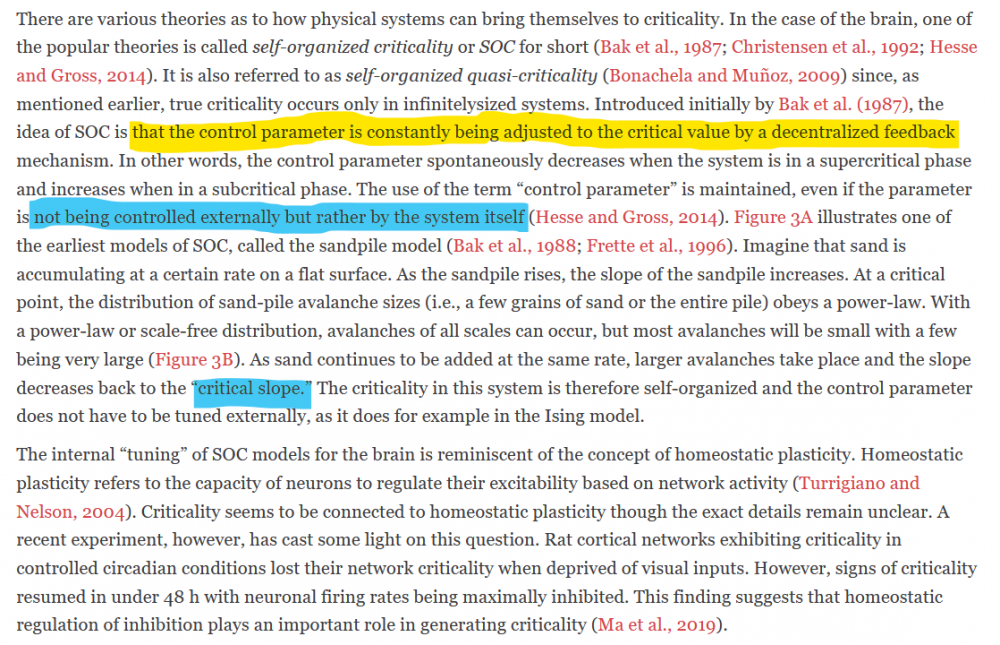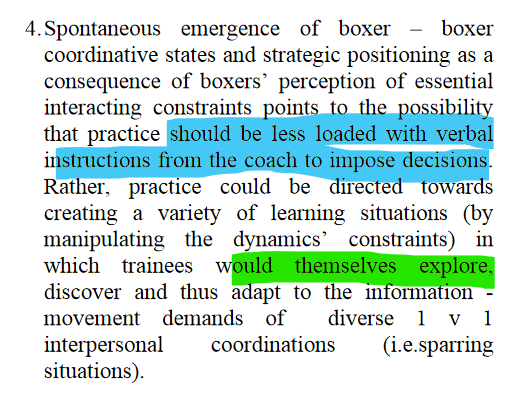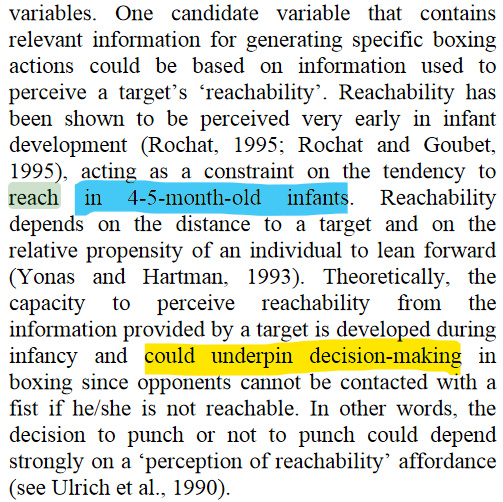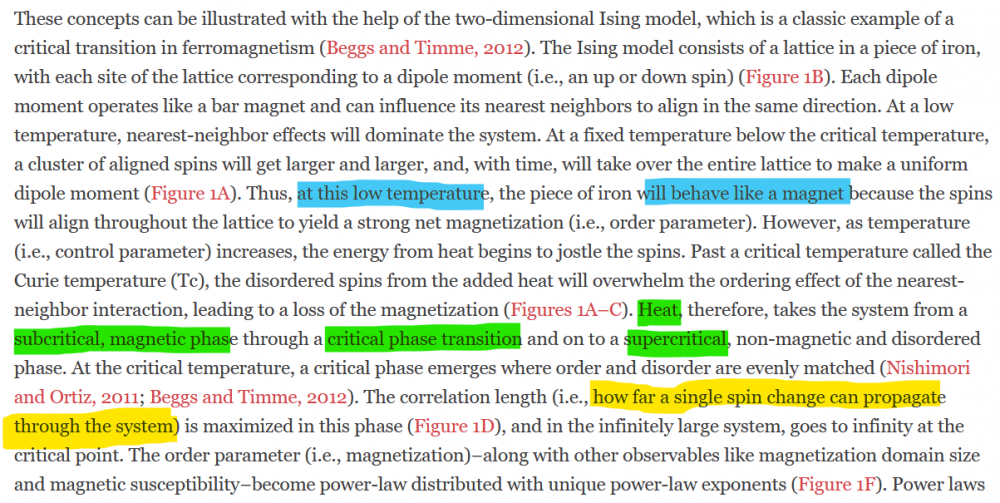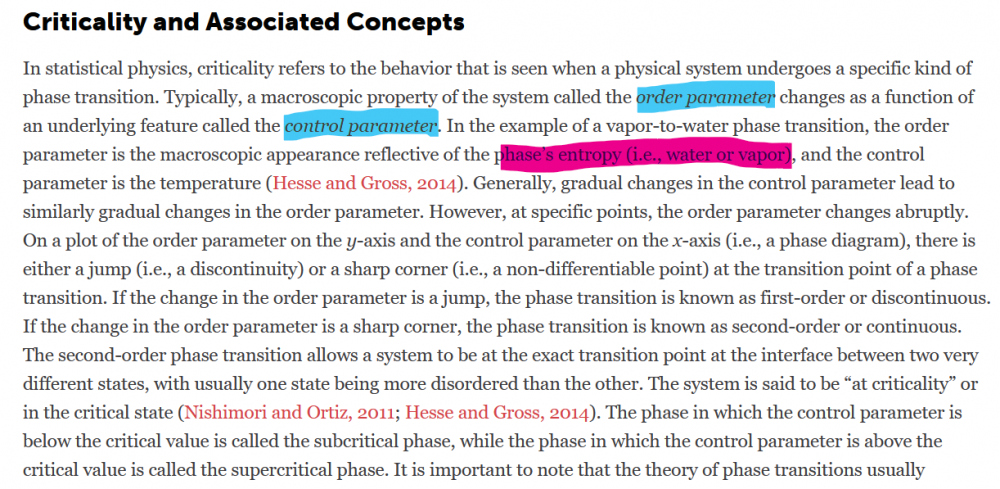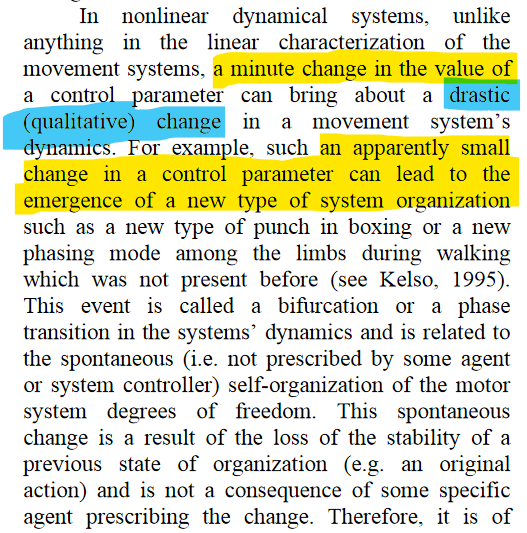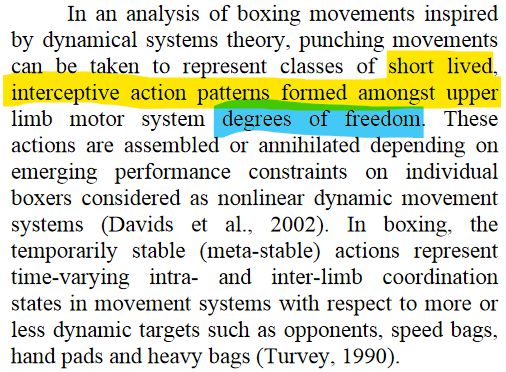-
Posts
2,258 -
Joined
-
Days Won
497
Everything posted by Kevin von Duuglas-Ittu
-
A contemporary photographer whose photos I think can contribute to a possible Muay Noir discussion is: https://www.instagram.com/dieter.langhart/ It's the way he handles the deep, rich, stark blacks, and the blownout whites, and then all the tonality and detail inbetween, for me. Here is a square of his photos from his Gram, but really look through it all and you'll see what I mean.
-
Just some suggestions BKK. For "hands" Chatchai Sasakul For "all around technique" Samart Payakaroon. For "authentic old school" gym feel Sangtiennoi's gym For "brushing with top fighters in a hot gym" PK Saenchai For small gym with a great padman Yodwicha Gym If you aren't physically too big Keatkomtorn gym has good clinch This is Sylvie's recommended list:
-
Broadly If - as sited above in studies of rats who lost the criticality curve for 48 hrs when vision was cut off, and then rebooted it in darkness - if, the brain basically rides a critical line, between "dumb" phasal order, and "supercritical" overwhelm, whether it is dealing with environmental inputs, or not, this creates a very loose context for thinking about things like Buddhistic ideas of Life equally suffering, if suffering itself is the critical line on the wave of life and cognitive living. Perhaps, no matter the intensity of the inputs from environment, the brain will surf that line. No matter the size or intensity of the wave. If small, it will create criticality, as well. The difference between the monk withdrawing into a cave (minimizing inputs to a very high level), and a fighter putting herself/himself in the ring, and attempting in the Thai manner to generate "Ning" and "Oton", under a maximization of inputs, triggering all kinds of instinctive, survival responses, is broadly the same. It is managing that wave, and learning how to surf it, the line of criticality that determines life and cognition.
-
Reading now the 45 page article on criticality: Criticality in the brain: A synthesis of neurobiology, models and cognition the PDF here: Criticality_in_the_brain_A_synthesis_of_neurobiolo.pdf Very good overview, and some clear examples, like those in this graphic below, showing the criticality balance between sub-critical and supercritical basins:
-
Unfortunately this is a complete myth. Western boxing has had a powerful influence on Thailand's Muay Thai ever since it modernized in the 1920, under a King who basically grew up in England. Thailand has had a huge number of western boxing world champions, almost all of whom were Muay Thai fighters before they became western boxers, a nice list of several of these can be found here: https://www.siamfightmag.com/en/muaythai-en/reports-en/others-reports-muaythai-en/1084-the-champions-of-muay-thai-and-the-boxing-in-thailand There is no combat sport in the world that I can think of which has a greater representation of western boxing world champions.
-
Continuing from the Scoping Review article, Self-Organizing Criticality Theory (SOC) suggests that the brain/organism will self-regulate the control parameter internally, if it cannot regulate it externally, in order to maintain criticality (paragraph below). This has interesting consequences for Reachability as a control parameter: One of the things that a fighter must struggle with is not only physically controlling Reachability (the actual physical distance between themselves and opponent), but also their own experiences of Reachability, for instance whether they gauge if they are far enough to not get hit, or close enough to throw a strike. If the brain under duress will self-regulate the experience of Reachability, ie, falsify reality for short term, emergency criticality, this would explain the difficulties fighters have under duress, getting hit when they think they are safe, or not throwing shots when they are in range, because they feel they are out of range. Basically, the glass of water can lie to itself in the short term, to prevent it from boiling off into steam...ie, passing into super-criticality.
-
One of the more interesting plays between the article on boxing striking (above, JSSM.pdf <<< How Boxers Decide to Punch a Target: Emergent behavior in nonlinear dynamical movement system) and overall phase transition thinking is the idea that "Reachability" could be something of a control parameter in boxing behavior, very loosely the same as temperature in water behavior. One of the things that really frustrates fighters is that they often find themselves unable to do many the things they trained, or even display in sparring, when in fights. From the article two paragraphs: Range is a vital difference in strike (and defense) behavior. This is one reason why training defense is so very important, so that you can have control and choice over range. When you can defend yourself, confidently, you can then place yourself at the range needed for the best properties you have as a fighter come out. In fights, because of the emotional surge, and because defensive skills often lag behind offensive skills in much of the west's Muay Thai training, a fighter will defend themselves with distance. If Reachability/Range is a control parameter, then you would be like water in a liquid state, wondering why you don't have the properties of ice (to extend the analogy). This is also why Muay Khao fighters have an understated weapon. They can impose a range on their opponent, they can control a control parameter. They can turn ice into water...or water into steam, depending on how you want to read it.
-
for more on Simulated Annealing, you can Google about, but these two quotes are good: I wrote about the deeper roots of the annealing conception 13 years ago here: The Production of Constraints: Work and Annealing as “Freedom” What is interesting in bringing together each of these ideas of temperature change, at least in terms of learning or optimizing capacity, is that annealing takes advantage of phase transitions, traditionally using a rule-of-thumb process of creating a heating and cooling schedule to bring out the relation between phases, where as criticality focuses more on the straddling of the line of phase transition itself. Not to say that these are mutually exclusive of each other. Rather, they may even imply each other.
-
Interestingly, operative analogies of temperature not only play a big role in the thinking about critical systems (see below, from the article: Why Brain Criticality Is Clinically Relevant: A Scoping Review), temperature has also played an important role in concepts of Simulated Annealing (producing heating and cooling periods in machine learning approaches, much like how steel is annealed in metallurgy: see further below)
-
More follow up reading on criticality as it may relate to learning, and sport performance. First, an overview article: Why Brain Criticality Is Clinically Relevant: A Scoping Review read it above. It starts with this overview of criticality, and the concepts of phase transition: Someone on Reddit also recommended this article (PDF attached), which tries to map out non-linear dynamics in the study of boxers: JSSM.pdf <<< How Boxers Decide to Punch a Target: Emergent behavior in nonlinear dynamical movement system A few screenshots setting up the concept space. I personally didn't find the mathematical drive to description too interesting, but the idea of emergent behavior is right where we are going with this, and the importance of "reachability" I discuss in a comment further below:
-
This was Sylvie's improvised At Home Workouts that she did when COVID first hit. They were live streamed (Playlist):
- 1 reply
-
- 1
-

-
This post cannot be displayed because it is in a password protected forum. Enter Password
-
I know that Kru Ten in the Muay Thai Library offered a solid counter to the Face Smush in clinch: #42 Boraphet Pinsinchai - Muay Khao Fighting Techniques (50 min) https://www.patreon.com/posts/19768793 #23 Boraphet Pinsinchai - Muay Khao Mastery (64 min) https://www.patreon.com/posts/14262395 I'm pretty sure it's in the first one we filmed #23, but above are links to both. You basically just reach across and over their outstretched arms, with your back hand, and pull the arms toward you and down, past the face. It's a pretty effective counter, as long as your own lead arm isn't too deep in, and over-turned. You want to also stand up straight with good Ruup when you do this. Also in training you can get really good at feeling the face smush coming, recognizing it, and driving your head in, through it, before it gets a good leverage point on your jaw.
-
Honestly, I would ask Paul Banasiak - https://web.facebook.com/MuayThaiTechnicianOfficial/ I forget his weight, but he's a pretty big guy by Thai standards. He's lived and fought out of Koh Phangan, then in Chiang Mai and I think he's now in Phuket. Several years of trying to find fights at his weight, and also a life-style in a city that is enjoyable and sustainable. At the larger weight classes he probably has the most experience on the variety of opportunities that are available.
-
You might also want to look into the Golden Kick, an older school version of the Thai Kick. Sylvie's article on it, with lots of video, is here: https://8limbsus.com/muay-thai-thailand/golden-kick-how-to-improve-your-thai-kick The reason I mention this is because the Golden Kick has two movements in it (they become one, once you are super proficient, but two in the beginning), it might help you, as you mention that this happens when you are tired. You might feel more control and awareness of your distance, after the rising of the leg, just as you turn over your hip. An idea anyways. Best of luck!
-
In almost all cases it really honestly takes about 5 fights or so before you can even get a sense of what is going on. Your first fight is usually a complete blur. The most important things in first fights are usually to relax your breathing (unconsciously holding your breath for strikes, or when attacked will gas you, even when in good condition), and to protect yourself. The whole reason for first fights is to get to your second fight, and so on. Sounds like you did great.
-
I will also say that often when we talk about "Thai" perspectives of sport, which we read as Asian, or uniquely Thai - things such as Narrative Scoring Structure, emphasizing dominance over aggression in scoring, the importance of how you "wear a strike" - these things are not uniquely Thai. We have lots of corresponding aspects in Western culture as well. When talking about the aura of greatness in Thailand, which does have Buddhistic roots, we can find elements of the same in the West. Mayweather is a great example. Yes, there persist all kinds of criticism of him and his perfect record, how he protected himself, dodged Pacquiao until both were old men, etc. But...along with Mayweather comes an aura that goes beyond his fighting in the ring, he's a man who set his own destiny, was able to build an empire, rolling in cash, dodge who he wanted to dodge. There is this larger sense that HE was the Man. It doesn't play out in the exact same way it does in Thailand, but similar things are operating. You get the same with Jordan, who beyond his stats, his game winning shots, was also a very manufactured persona. People may criticize him via this manufactured nature, how the NBA changed the rules for his sake, giving him advantages that past greats did not have...but ironically enough these kinds of critiques (though true), can actually work to further intensify his greatness, giving everyone the sense that he bent history around himself, almost gravitationally. This is only to say, when we think across cultures it is important to isolate themes that do not correspond to our own, especially our dominant theme, but, often it is a second move of insight-fullness to then recognize that these seemingly unique or differing themes do have correspondence within our own culture, often in a minor but still vital way.
-
We haven't published Arjan Pramod's list yet, but I do think in this specific case he was thinking of his own fighter's greatness, how Namkabuan not only dominated his weight class, but also was an international ambassador, fighting in Australia, etc. And this led him to think of Buakaw. But even the bare inclusion of Buakaw in the list (no other person we have polled would have put him anywhere near there), points to elements of Thai thinking that often are lost to the West.
-
There is an element of That conception of "Greatness" that produces lots of misunderstanding in westerners. We in the west see "great" as a kind of technical thing, like you could extract a fighter out of their circumstances, out of history & download him as a "player". Thais instead do not divorce the fighter from the big purses they make, the powerful promoters or gyms that back them, the influences they have over others. "Famous" & "popular" are the same word in Thai. It means that there is an "aura". I say this because when we asked one of the greatest Golden Age Krus, Arjan Pramod, who his 5 greatest fighters of all Time were, he listed Buakaw as 4th. This is a joke between Muay Thai nerds. The surest sign that you don't know Muay Thai at all is putting Buakaw on a list. But he put him there because of his impact, his ambassadorship to Japan & the West. It wasn't about skill, it's about history. I'm still shaking my head about it, but its because I don't understand - fully - just how Thais see greatness. I think this comes from a deeper concept of "power" (Amnat) & charisma "ittiphon" that ultimately lies within spiritual karma. Those who have favorable circumstances have aura, and are in a way blessed. Samart had a powerful gym & connections & fought down at times forcing more advantageous matchups. For us it might be a critique of his Greatness. But for many Thais these advantages actually add to the substance of a fighter, and are not a detraction. His aura is composed not only of his fighting skills, his character, but everything drawn around it. His situation. Sure, people will quietly detract, make complaints or criticisms. But there is still a strong current of admiration. It is something like being *blessed*. Yodkhunpon once was talking to Sylvie about her drive to one day fight at Lumpinee Stadium. He didn't understand. The reason to fight at Lumpinee was so you could become *famous* (which includes idea of popularity & respect), to have an aura. He told her: You are already famous. It made no sense to him to do the work to have the aura, if you already have it. It's just his perception, but here was a guy who was a devastating fighter during his time, so many battles, but he never got the *aura*, the shine. He didn't have the power behind him to be made into something. I think this was what was behind Arjan Pramod putting Buakaw on his list, and part of why Thais see the substance of greatness quite differently than we do. It's why Dieselnoi will always be the lessor fighter than Samart, despite beating him. Yes, there are counter thoughts & arguments, ideas about who is a *real* fighter, but this stream of authentic admiration remains.
Footer title
This content can be configured within your theme settings in your ACP. You can add any HTML including images, paragraphs and lists.
Footer title
This content can be configured within your theme settings in your ACP. You can add any HTML including images, paragraphs and lists.
Footer title
This content can be configured within your theme settings in your ACP. You can add any HTML including images, paragraphs and lists.
